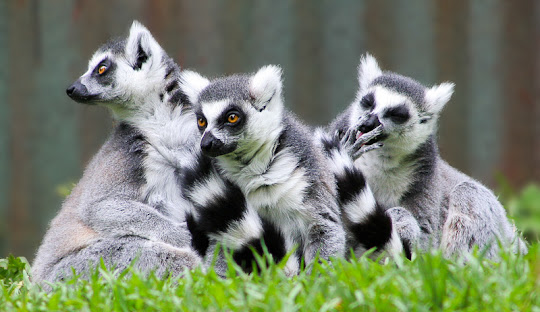Antananarivo, Madagascar
🏙️ Antananarivo – The Spirited Capital of Madagascar
Perched in the highlands of central Madagascar, Antananarivo (often called Tana) is a chaotic but colorful capital. With winding hills, colonial-era architecture, bustling street markets, and views over terraced rice fields, it’s a city that rewards the adventurous traveler with authenticity and charm.
🏰 Top Attractions in Antananarivo
👑 Rova of Antananarivo (Queen’s Palace)
The iconic palace of the Merina monarchy. It overlooks the city and holds deep historical significance—currently undergoing restoration but worth a visit for its views and symbolism.
🧭 Andafiavaratra Palace
Former prime minister’s palace turned museum. Features royal artifacts rescued from the Rova fire and panoramic city views.
🛍️ Analakely Market & Independence Avenue
Bustling local market scenes with handicrafts, spices, street food, and lively local energy.
🦎 Lemur’s Park (25 km outside the city)
A sanctuary for rescued lemurs in a lush riverside reserve. One of the best ways to see Madagascar’s iconic primates up close.
🖼️ Is’art Galerie & Art Scene
The heart of Tana’s growing contemporary art scene, hosting exhibitions, live music, and cultural events.
🥘 Local Food & Culinary Experience
Madagascan cuisine blends Southeast Asian, African, and French influences.
-
Romazava – Traditional beef and leafy greens stew
-
Ravitoto – Pork with crushed cassava leaves
-
Mofo Anana – Fried dough with greens (street food favorite)
-
Zebu steak – Tender and flavorful, often with pepper sauce
-
Koba – Sweet banana and peanut rice cake
Where to Eat:
-
La Varangue – High-end French-Malagasy fusion
-
Café de la Gare – Stylish brasserie in a converted train station
-
Chez Mariette – Authentic, home-style Malagasy cuisine
🏨 Where to Stay
-
Maison Gallieni – Boutique stay in a colonial mansion
-
Hotel Carlton – Upscale with lake views and a central location
-
Sole Hotel – Clean, comfortable, centrally located budget option
🎭 Culture, Crafts & Markets
-
🎨 Zoma Market – Once one of the largest open-air markets in the world, now scattered through downtown Tana
-
🧵 Digue Market – Great for buying handmade souvenirs like raffia bags, wood carvings, and semi-precious stones
-
📿 Antananarivo is a city of artisans: leather, textiles, and embroidery are top local crafts
🌄 Nature & Day Trips Nearby
-
🐒 Ambohimanga – UNESCO-listed royal hill and palace, 24 km from Tana; sacred to the Malagasy
-
🌿 Tsimbazaza Zoo & Botanical Gardens – Local fauna, including lemurs, chameleons, and endemic plants
-
🥾 Anjozorobe-Angavo Forest Corridor – Pristine rainforest 2 hours from the city for hiking and wildlife
✈️ Getting There & Around
-
Airport: Ivato International Airport (TNR), 40–60 min from downtown
-
Transport: Use hotel taxis or organized drivers; public transport is hectic and often not foreigner-friendly
-
Walking: Many attractions are uphill/downhill—prepare for lots of climbing
-
Safety: Be cautious at night and in markets; avoid wearing flashy items
💡 Travel Tips
-
Currency: Malagasy Ariary (MGA)
-
Language: Malagasy and French; English not widely spoken
-
Climate: Cooler (June–Sept), hot & rainy (Nov–Feb)
-
Power: European plugs, 220V
-
Water: Drink bottled water only
🛍️ What to Buy
-
Vanilla, cloves, and spices – Madagascar is a global exporter
-
Zebu horn jewelry – Unique and sustainably made
-
Raffia products – Hats, bags, baskets
-
Wood carvings & semi-precious stones (beware of fakes; buy from reputable shops)
⭐ Traveler Ratings (Out of 10)
| Category | Rating ⭐ |
|---|---|
| Culture & History | ★★★★☆ (8/10) |
| Food & Cuisine | ★★★★☆ (8.5/10) |
| Nature & Wildlife | ★★★★★ (9/10) |
| Value for Money | ★★★★★ (9/10) |
| Accessibility | ★★★☆☆ (6.5/10) |
| Cleanliness & Safety | ★★☆☆☆ (5.5/10) |


